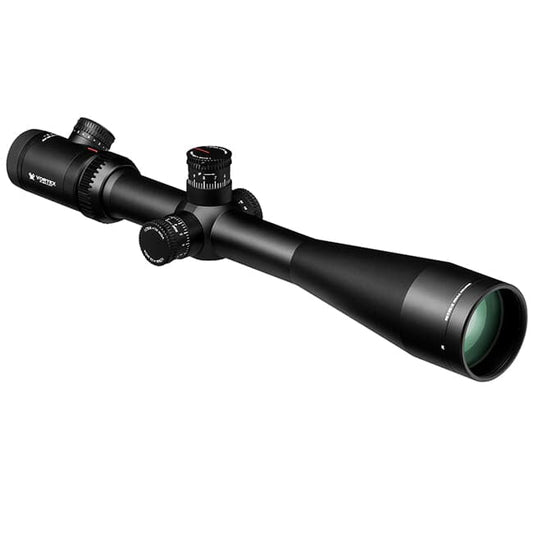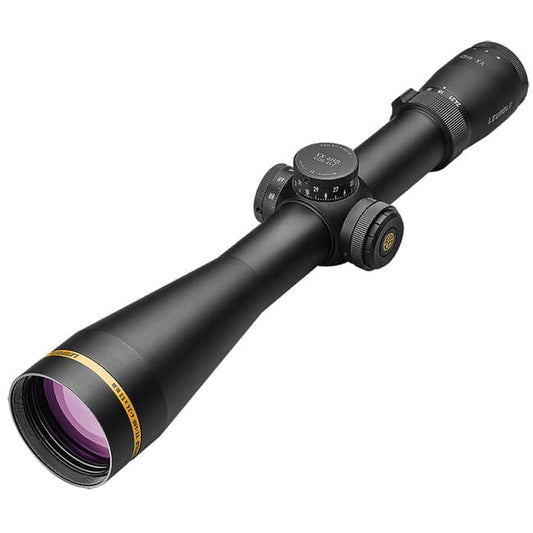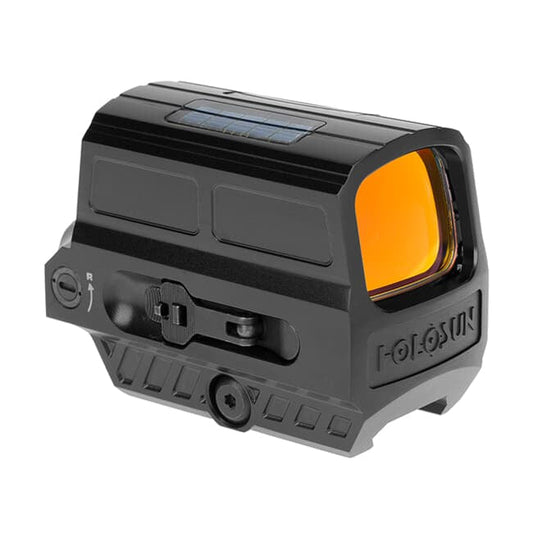How Hard Is It To Bump A Rifle Scope?
In the realm of rifle shooting, a recurring issue for shooters across all skill levels is the challenge of maintaining the zero on a rifle scope. It's the elephant in the room, gnawing at every shooting enthusiast's patience and precision.
But how difficult is it, really, to bump a rifle scope? Let's delve deep into this enigma, unraveling the intricacies and coming face-to-face with the elephant in the room.
The Essence of a Rifle Scope
rifle scopes, quite literally, give you the bigger picture. They are your trusted companions in aiming accurately, ensuring your bullet reaches its intended target. But scopes are not immune to misalignment, and therein lies our challenge.
-
The Delicate Construction: Your rifle scope is a fine piece of engineering, its delicate mechanisms perfectly aligned to provide you with an accurate point of view. However, this complex structure also makes it susceptible to damage and displacement. A slight jolt can disrupt this intricate balance.
-
External Factors: While handling plays a key role in maintaining your scope's zero, environmental factors also have a part to play. Changes in temperature and humidity can potentially affect your scope alignment.
Now, to answer the big question: is it really that hard to bump a rifle scope?
Understanding Scope Bumping
The term "bump" in the context of rifle scopes often alludes to misalignment, rather than physical disturbance. As simple as it sounds, it isn't an easy situation to rectify. Here’s why.
-
The Domino Effect: Once a scope gets bumped, it triggers a domino effect of alterations in the aim, windage, and elevation settings. This implies an increase in inaccuracies, leading to a wider shot deviation from the intended target.
-
The Tedious Resetting Process: After a bump, restoring the scope to its original zero can be a time-consuming and cumbersome process. This involves a series of tests and readjustments, all the while ensuring not to further disrupt the delicate settings of your scope.
But, how often do scopes really lose their zero?
Frequency of Zero Loss
While it’s plausible to believe that scopes might frequently lose their zero, in reality, it's not that common. Good quality scopes are designed to withstand shocks and impacts to a considerable degree. But there are instances when zero loss does happen.
-
Quality Matters: The better the quality of your scope, the lower the chance of losing its zero. High-quality scopes are designed with durability and resilience in mind, and these factors play a critical role in maintaining the zero.
-
Usage Factors: How often and in what conditions you use your rifle can also influence the frequency of zero loss. Rough handling and frequent usage increase the chances of scope misalignment.
Next up, let's answer another pertinent question: Does a rifle scope have to be perfectly level?
Importance of Scope Leveling
The answer is a resounding yes! Maintaining a perfectly level scope is crucial to your shooting accuracy. Here's the logic behind it.
-
Parallax Effect: Without a perfectly level scope, you're more likely to experience the parallax effect. This is a visual distortion that results in a perceived shift in the target position due to the angular difference in lines of sight. A non-level scope can lead to significant aiming errors.
-
Ensures Precise Adjustments: A level scope is essential for accurate windage and elevation adjustments. If your scope isn’t perfectly leveled, it could lead to inaccuracies when dialing in for different shooting ranges or wind conditions.
Having understood the importance of maintaining a level scope, let's see how we can prevent the infamous scope bump.
Preventing Scope Bump
Prevention, as they say, is better than cure. When it comes to preventing a scope bump, this adage couldn't be truer.
-
Proper Handling: Handling your rifle with care goes a long way in preventing scope bumps. This involves everything from storage and transportation to how you hold and maneuver the rifle while shooting.
-
Invest in Quality: Investing in a high-quality rifle scope, coupled with a sturdy mounting system, also decreases the likelihood of a bump. Premium scopes are designed to withstand shock and are less likely to lose their zero.
In conclusion, the hardness of bumping a rifle scope largely depends on the quality of your scope and how you handle it.
Conclusion
While it can be a challenge to prevent a scope from bumping and losing its zero, understanding the cause and how to mitigate it can make all the difference.
Good handling, proper storage, and investing in a quality scope are some of the best ways to ensure your scope stays true to its zero.
Remember, at the end of the day, it's not just about shooting, it's about precision, and a well-maintained rifle scope is key to achieving that.
Related Articles
Can I Bring A Rifle Scope On A Plane?
Can A Rifle Scope Touch The Barrel?





